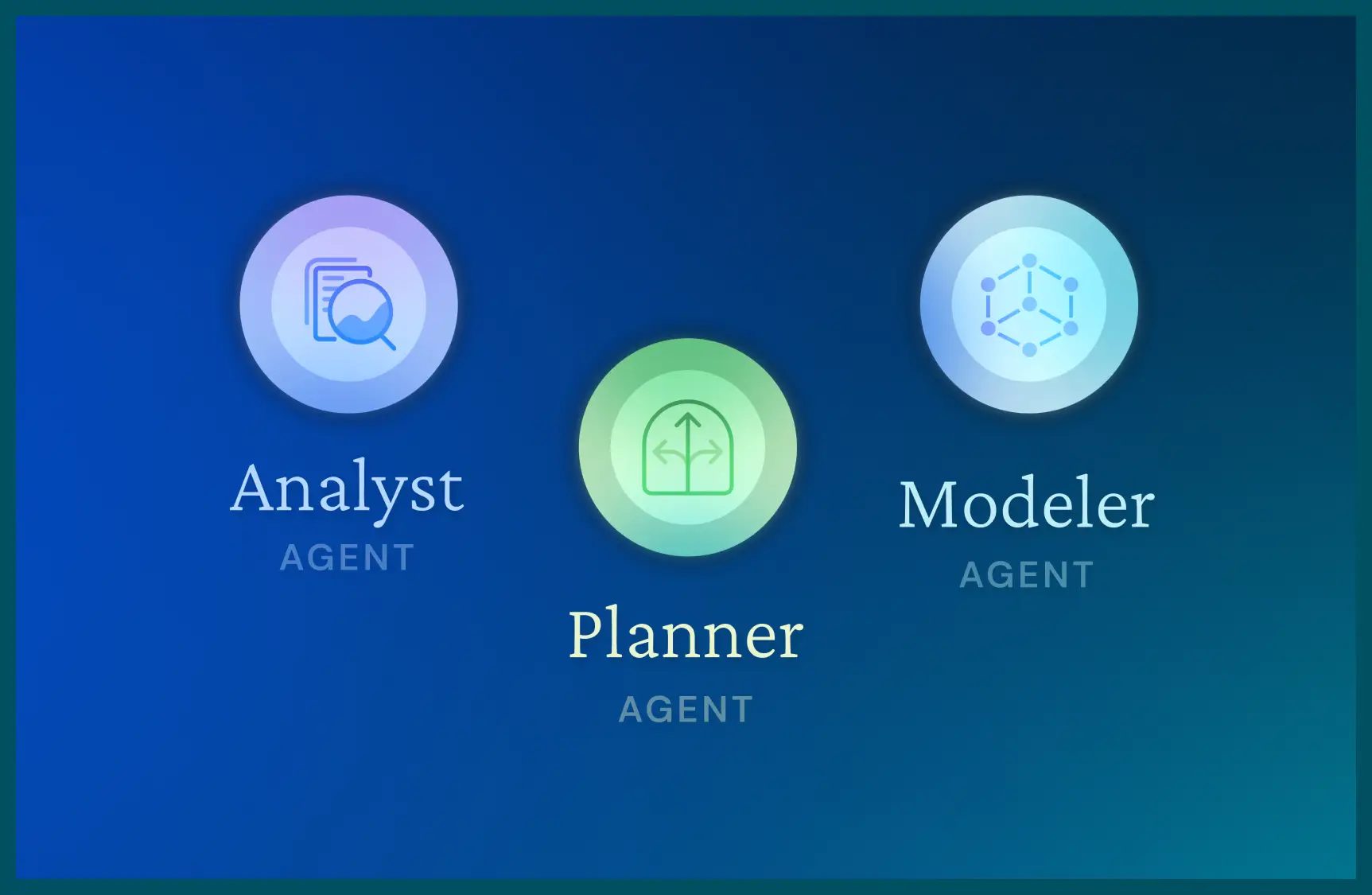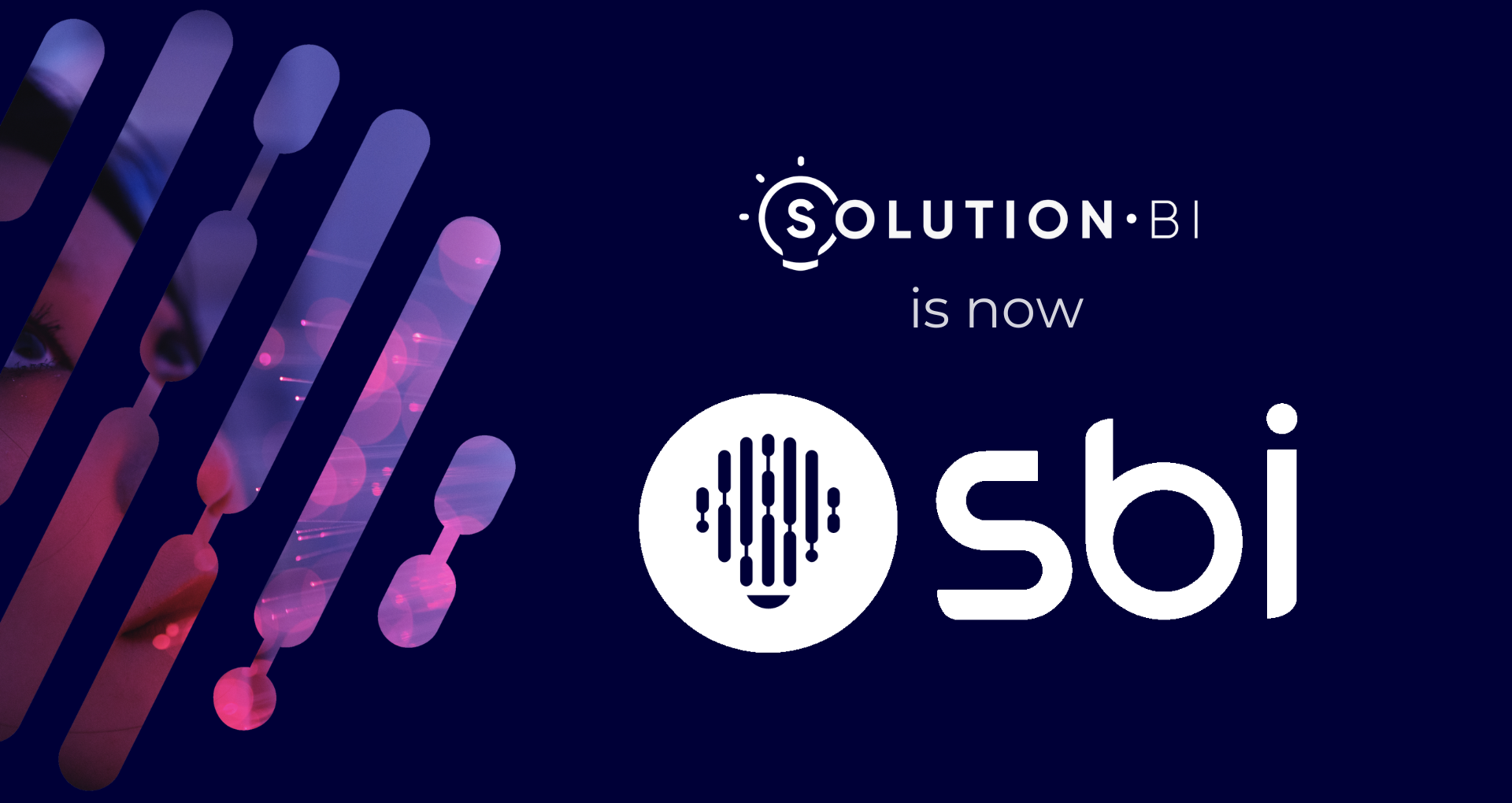Choosing the right EPM solution is a key step in transforming the finance function. The challenge: selecting the EPM tool that combines performance, agility, and team adoption—so the transformation is sustainable and aligned with the company’s strategy.
Why the choice of an EPM solution is strategic
For finance departments seeking to modernize their management approach, the goal is to find the right EPM (Enterprise Performance Management) tool that will make performance a lever for sustainable transformation. Thus, choosing an EPM solution is no longer just a technological decision. It’s a structural decision for the organization: it determines data reliability, analysis quality, and the ability to manage performance in a changing environment.
A good EPM tool enables automation of consolidation, planning, budgeting, and reporting, while encouraging collaboration between finance and other functions. It becomes the foundation of an integrated performance management system, aligned with the strategy of transforming the finance function. But the question remains: how to choose the EPM solution best suited to your challenges?
Five keys to choosing the right EPM solution
1. Assess your real needs and priorities
Before comparing market offers, it is essential to analyze the Current State: how are your processes operating today? What are the main constraints?
This evaluation helps identify performance levers to activate and indispensable functionalities—planning, reporting, simulation, modeling, etc. A performance management solution must above all address concrete needs, not just a set of marketing promises.
2. Rely on EPM market experts
EPM vendors offer varied solutions: some emphasize flexibility, others the rigor of workflows.
To make the right choice, it is often helpful to lean on certified EPM consultants who bring an independent vision tailored to your industry. Their role: help translate your business needs into functional requirements, and anticipate the organizational impact of a new performance management tool.
3. Conduct a structured benchmark
A comparative benchmark lets you map EPM solutions using objective criteria:
- Functional coverage (planning, simulation, consolidation)
- Scalability and integration with your information system
- Usability and ease of adoption
- Costs and deployment model (cloud or on-premise).
Involving stakeholders (finance, IT, executive leadership) from this stage ensures shared insight and avoids decisions disconnected from the field.
4. Prioritize usability and adoption
A high-performing EPM solution is only valuable if used daily. Ergonomics, interface clarity, and ease of report creation are decisive for lasting adoption. An overly complex tool—even if powerful—quickly becomes a barrier to transformation. Better to choose an intuitive EPM tool that gives autonomy to teams and simplifies management than a large-scale platform hard to use.
5. Think long term and support
Choosing an EPM solution also means considering its longevity: training, support, maintenance, evolution.
A true transformation partner doesn’t stop at technical implementation—they accompany the company in building skills and embracing the solution. The goal: for the finance function to become fully autonomous in using its performance management tool, and to evolve it as needs change.
Beyond the EPM solution: engaging teams in finance transformation
Even the best technology will fail without team engagement. Finance transformation is not just about processes or systems—it’s a cultural shift.
To succeed:
- Communicate the purpose of the project: to gain visibility, reliability, and speed in decision-making
- Foster a shared data culture, where everyone understands their role in the performance chain
- Train and empower employees so they become actors of change, not mere users.
A well-chosen EPM solution thus becomes more than a technical asset: it’s a catalyst for collaboration and collective intelligence.
Ensuring your finance transformation success: preparing for deployment
Before deploying the solution, a solid preparation phase is crucial:
- Clarify roles and responsibilities: who leads, who validates, who executes?
- Anticipate risks and critical scenarios: deadlines, budgets, dependencies.
- Adopt an appropriate methodology (agile, hybrid, or classic): what matters most is to learn, adapt, and standardize what works.
A successful finance transformation rests on a balance between strategic ambition and operational realism, supported by clear communication and ongoing support.
In short, choosing the right EPM solution is much more than selecting software.
It’s a lever for transforming the finance function, an opportunity to unify data, ensure reliable performance management, and strengthen decision-making.
With the right methodology, the right partner, and collective commitment, finance becomes not only more efficient, but also more strategic—serving the entire company.
.png)





